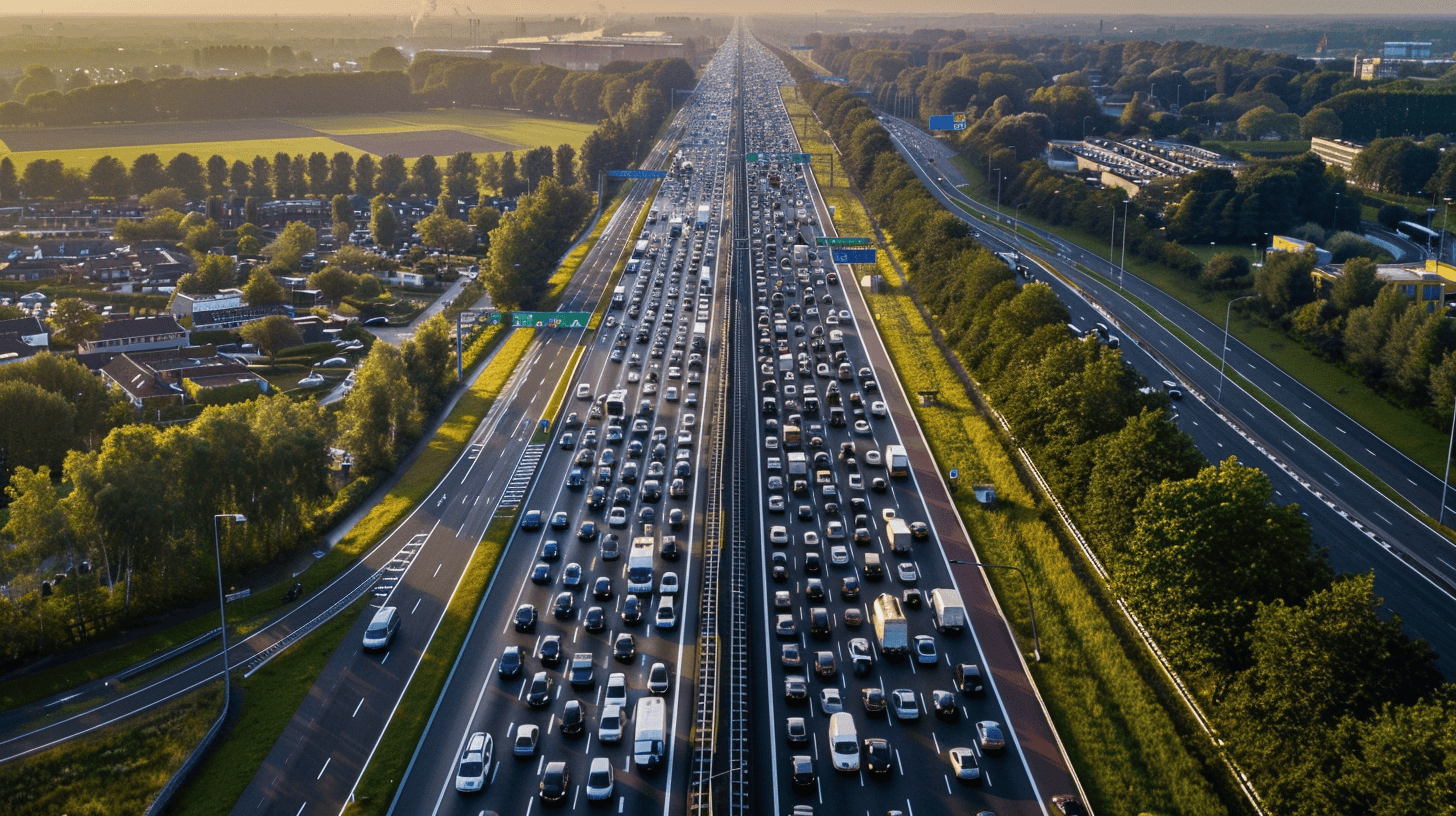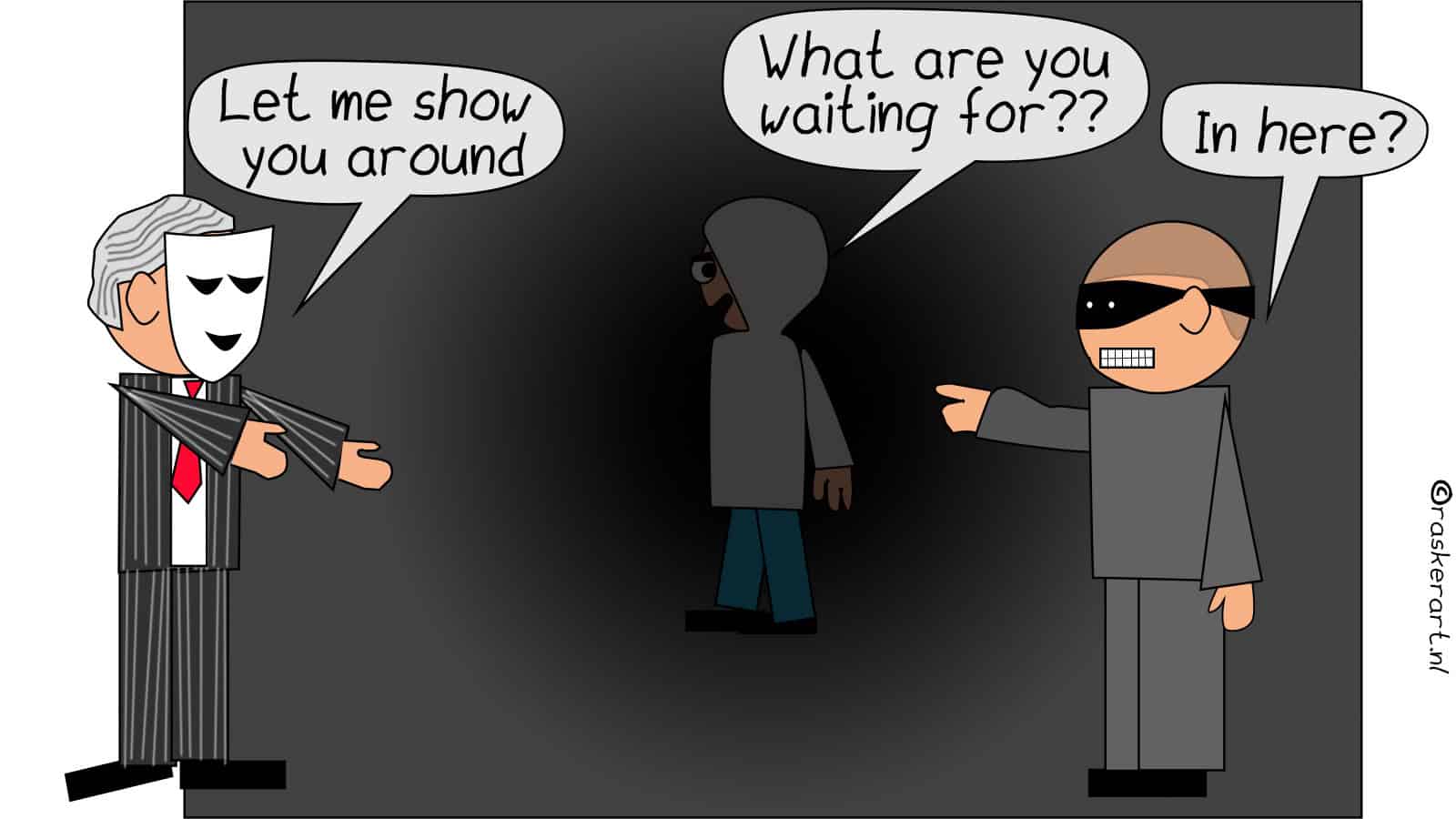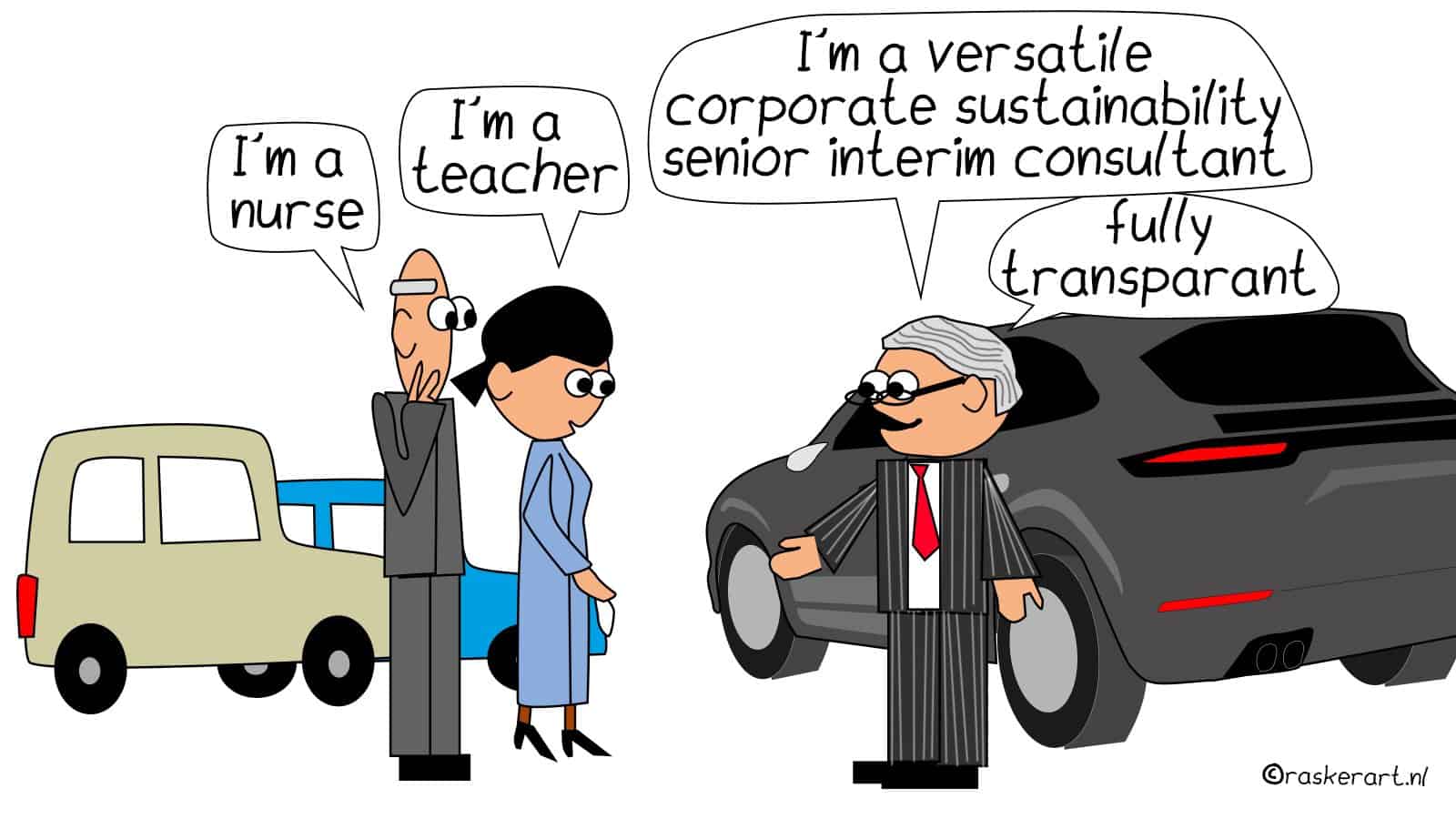
Two-thirds of the public space in the Austrian city of Vienna is reserved for cars, which spend 98 percent of their time parked. In order to reclaim public space, this city of 1.9 million inhabitants wants to reduce the proportion of motorized private transport from the current 29 percent down to 20 percent. Possible measures include superblocks, which were first designed and introduced in Barcelona, Spain.
Superblocks comprise several blocks of houses that are combined to form one large community zone. Car traffic is guided along the edges of the blocks via the main arterial roads. This traffic reduction should make life in cities livable again. At the same time, the aim is to counteract climate change by reducing CO2 emissions and converting the parking spaces that are no longer needed into green spaces. In summer, asphalt heats up to 60 degrees Celsius when exposed to direct sunlight. Green spaces can consequently be used to counteract these heat island effects.

(c) Superbe Team Lorenz Consult
Belgium and Bracelona
A five-year project in the Belgian city of Ghent demonstrates the beneficial effects of superblocks: The number of cyclists increased by a quarter and the number of public transport users by nine percent. In contrast, car traffic decreased by twelve percent. As a result, there were fewer traffic jams and traffic accidents, and public transport was able to keep to its timetable without any problems.
However, superblocks in Barcelona also had unexpected adverse side effects. There was gentrification, which led to higher rents: First came the tourists, then expensive boutiques, and then the real estate agents. It also became obvious that superblocks do not always meet the expectations of the population.

(c) Superbe Team TU Vienna
Together with the Austrian Institute of Technology (AIT) and Urban Consultant Florian Lorenz, the Vienna University of Technology examined the extent to which superblocks might be useful in Vienna. In an exploratory study, the traffic effects were quantified using automated spatial analysis methods. In an interview with Innovation Origins, Dr. Stefan Seer, Thematic Coordinator Integrated Mobility Systems at AIT, talks about the research project and how to tackle any potential negative consequences:
How did your research group go about the exploratory study?
There are two aspects that are relevant to the realization of superblocks. One is the selection of suitable candidates and the other is the design and modeling of the traffic-related implications of a superblock. There are several prerequisites for the selection of candidates. For example, the public transport network must not be affected. This means that any areas where trams and buses are crossing are ruled out.
We pay attention to the traffic-related impact of superblocks in the design and try to reduce the incentives for motorized private transport. This is achieved with diagonal barriers at intersections in Vienna. If intersections in superblocks cannot be crossed diagonally by car, distances are lengthened by an average of five minutes. This can already lead to a change in the choice of means of transport. Especially when it comes to shorter distances that can easily be covered on foot or by bicycle.
Also interesting:: Textile facades on buildings filter harmful pollutants from the air
We were able to quantify this effect through our modeling: The proportion of car rides decreases by three to nine percent as measured by the modal split. The modal split refers to the distribution of traffic between the separate modes of transport. In the district of Vienna Neubau, for example, 31 percent of people walk, 5 percent cycle, 5 percent drive and 59 percent use public transport. This distribution shifts in a superblock. Three percent of motorists switch to public transport. Which reduces the proportion of car traffic to 2 percent and increases the proportion of public transport to 62 percent.
When you talk about superblocks, you are talking about pedestrian access. How large are these areas – and what are the preconditions that qualify a location to become a superblock?
Superblocks span between 4 and 16 hectares; starting with a square, this means that the edges are 200 to 400 meters long. The preconditions are a particular level of structural compactness and the general need for it. Places that are far away from the nearest green space are preferred since it is possible to create green spaces in a superblock that did not exist before. Other conceivable criteria are, for example, a high concentration of motor vehicles and narrow sidewalk width. These are data that are incorporated into the method that we have developed and that enable a geoinformation system (GIS)-based method of finding candidates for superblocks.
What CO2 emission reductions can be achieved?
The most important aspect is the reduction of CO2 emissions in the transport sector. The extent to which CO2 emissions can be cut by shifting motorized private transport must be assessed over the medium and long term. Yet even the percentage drop in car traffic can be converted into CO2 emissions. Our modeling has shown that by relocating traffic, we can achieve reductions of 1 to 3.7 percent of the total CO2 emissions of an average Viennese resident. This may not be much for an individual, but it can definitely have a significant impact.
An undesirable consequence of superblocks is that traffic relocation can cause surrounding roads to become congested. How can this be avoided? And where is parking provided?
This is another issue that also needs to be looked at over the medium and long term. The altered distribution of traffic makes motorized private transport less appealing and distances are reduced or covered in other ways. As a knock-on effect, this also has an impact on the number of cars and parking spaces required. To some degree, it might then be justified to remove parking spaces because there is no demand for them anymore.
Superblocks do not always live up to the expectations of local residents. In the Netherlands, for example, residents were disappointed because they were unable to park their cars in front of their homes. Plus, it took years to get a nearby public transportation system up and running. What are your thoughts on this?
If the introduction of Superblocks is to be successful, public participation is essential. The Barcelona example has already shown this and studies have borne this out. Citizens must be able to get involved in the ongoing planning process if broad public acceptance is to be gained. Participatory processes are increasingly supported by new technologies in this.
To cite an example, w have been working with virtual reality in order to be able to demonstrate the changes in the use of public space to locals. In conjunction with our modeling, this enabled us to make the effects of traffic relocation tangible – and to better address the questions and fears of local residents. Moreover, in these participatory processes, residents have also actively campaigned for the closure of roads. As a result, there are now fewer parking spaces available, needless to say. Whether or not this can work is something we need to examine in more detail.
How can mobility within a superblock be assured?
The model is based on the assumption that a lot of distances can be covered on foot or by bicycle. Motorized private traffic does not have to be wholly ruled out, but there shouldn’t be any road thoroughfares inside a superblock. That would otherwise encourage motorized private transport. Our superblock model also has a mobility station so as to support mobility. This is located at a traffic junction and offers the opportunity to share cars or other vehicles, such as e-scooters, e-bikes or normal bicycles. We have also positioned a logistics hub at the edge of the superblock, a delivery point for goods and parcels that can then be further delivered within the superblock using a cargo bicycle.
Superblocks in Barcelona became quickly gentrified. Even a neighborhood that was previously run-down and suffered from a high crime rate. How can this be avoided?
Avoiding this might not be the point. Until now, superblocks in cities have only been established selectively. If there are several superblocks in a city, then the impacts may be spread out somewhat differently. This is what we are currently assuming. The example of Barcelona will illustrate this. The city government of this city of 5.59 million inhabitants wants to roll out another +-18 superblocks by 2023.
Barcelona is already considered a potential post-car metropolis. Does the superblock model want to do away with automobiles altogether?
Superblocks should lead to a smoother traffic flow. The fact that fewer cars will be used is a side effect of the relocation of traffic and changes in mobility behavior. It is important to ensure connectivity to the superblocks. for example, schools must be easily accessible from outlying areas. Roads within the superblocks can then be shut down temporarily so that the route to and from school is also safe.
Thank you for this inteview.
Also interesting:
Why children in Germany shouldn’t ride their bikes to school







